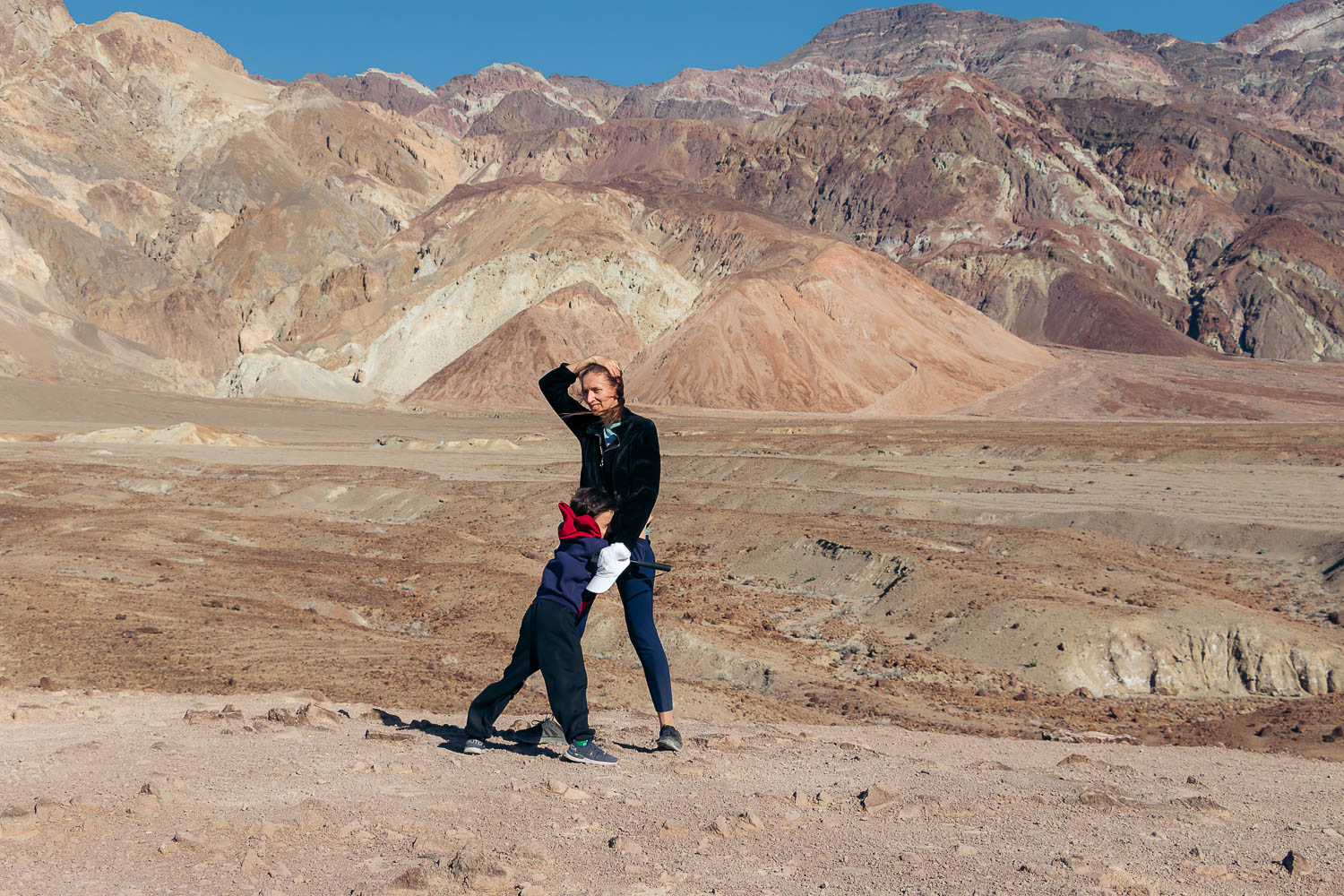Did you know that Death Valley National Park is one of the largest and hottest protected areas in the world?
Last updated: March 25, 2025
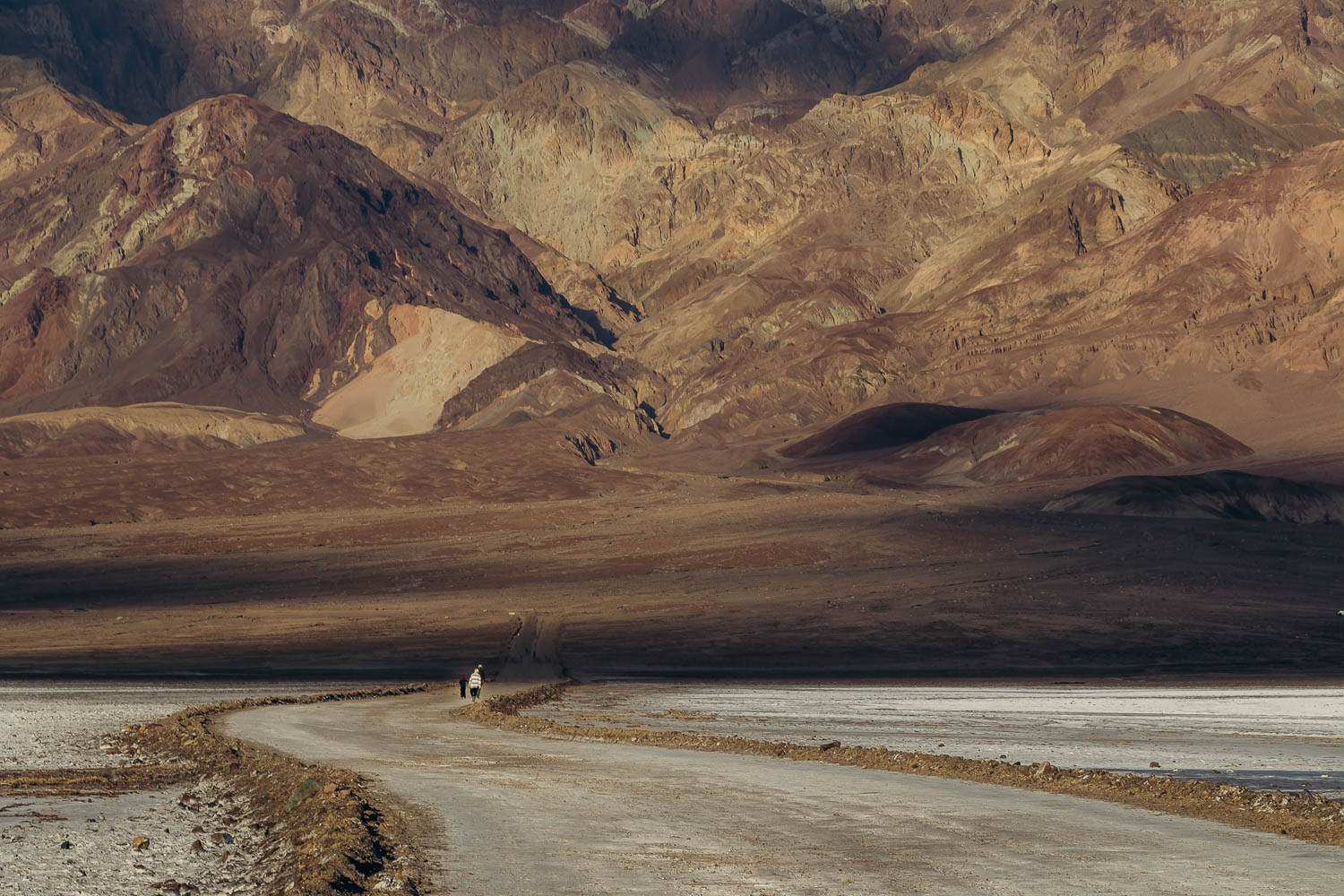
Interesting Stories and Facts about Death Valley National Park
A few years ago when thorough research wasn’t a part of our travel preparation, we ventured to Death Valley National Park with one intention: to see its sandy dunes surrounded by hard-packed wilderness. The Mesquite Flat Sand Dunes is a vast dune field with the highest sandy hummocks reaching only about 100 feet.
One of the main attractions of the park, the Mesquite dunes are nestled a little bit over a four-hour drive northeast of Los Angeles.
Ignorantly, we planned for a day trip to the desert, intending to spend at most one hour walking to one of the farthest sandy piles. We envisioned a narrow trail that our bare feet, buried in the warm sand ever so slightly, would leave behind.
The closest thing that went according to our plan was the time we spent inside Death Valley National Park. But instead of an hour, our much-anticipated trip shrank to five minutes. Five longest, most agonizing minutes of our travel lives.
Death Valley National Park was unbearably hot. The sand that rapidly sneaked into our shoes and tightly hugged our feet felt like an open fire.
We made a promise right there and then that if a new desire to explore timeless treasures of Death Valley National Park would ever make us reckless for an adventure, we’ll wait for winter. Summer was the worst time to visit the Mojave Desert, the hottest desert in North America.
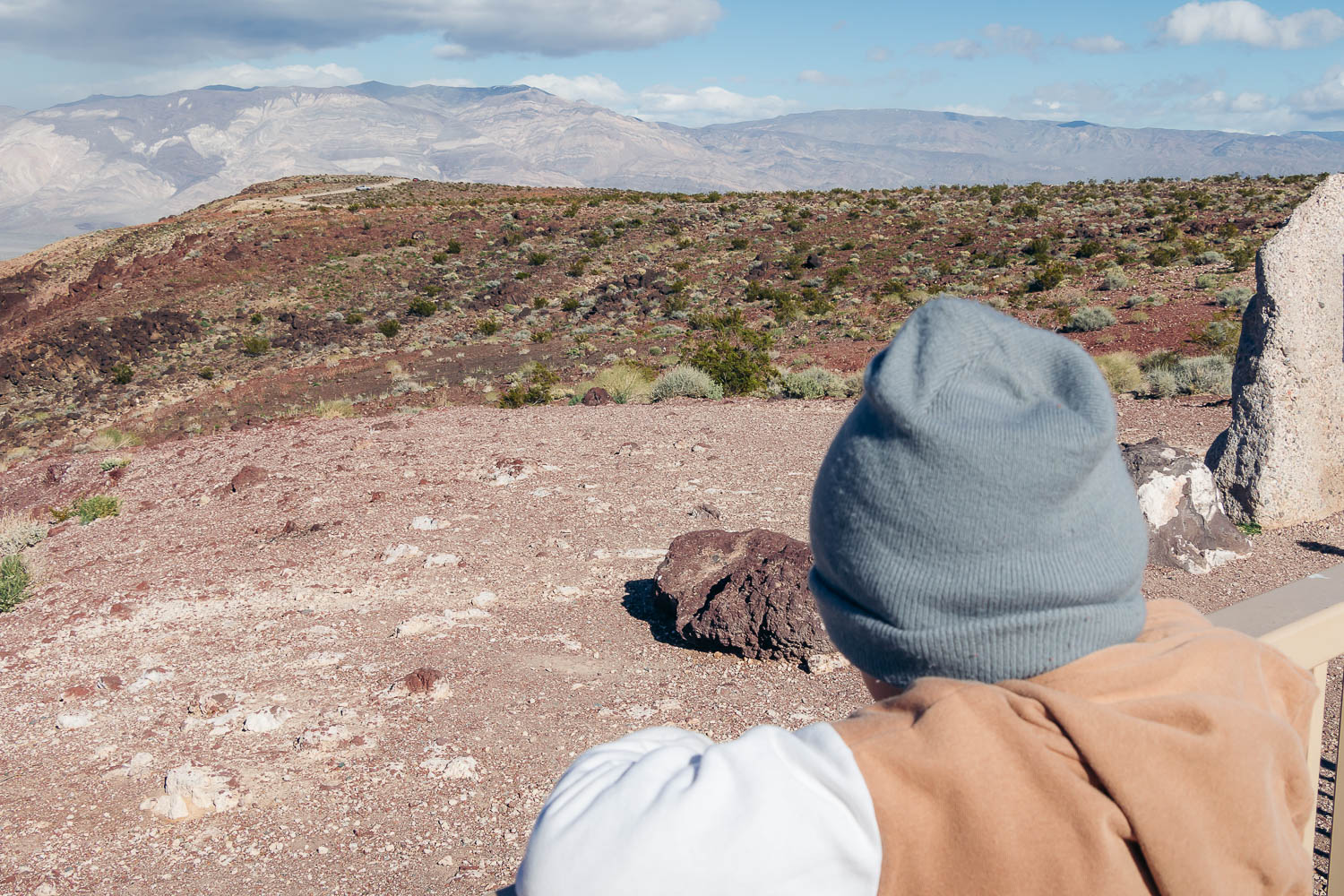
7 FASCINATING THINGS ABOUT DEATH VALLEY NATIONAL PARK YOU SHOULD KNOW
1. Death Valley is the Hottest Place in North America
The summer is indeed the most challenging time to visit Death Valley National Park. Temperatures rise well above 100°F by afternoon. Often the thermometer shows 120°F in the shade. At night, while more merciful, the average is in high 80-90s°F,
The world record temperature of 134°F was recorded in the Death Valley area on July 10, 1913.
The day temperatures stay high even in the winter (65-75°F). The nights, however, get cold, often as low as 40°F. While visiting Death Valley during this time, you need to bundle up in your warmest winter attire early in the morning and later in the afternoon just to peel it all off when the sun rises high above the horizon by late morning.
2. The Land of Extremes
The drastic changes in temperatures are only one of the extremes Death Valley National Park is famous for. Unlike many other deserts, the area boasts massive peaks that tower over miles-long flat basins. While dry and extremely hot in the summer, some lower sections of the park hold on to moisture brought by seasonal rains and even harbor tiny fish during the winter months.
In early spring, normally barren hills of Death Valley put on a flowery display that is quite a sight. The wildflowers wither a few weeks later without a trace of any short, seasonal transformations.
The extremes in weather and landscape don’t seem to bother some wild animals that not only survive, but thrive in Death Valley National Park. Among the permanent residents of the desert are rattlesnakes, bats, rabbits, gophers, foxes, rats, burros, coyotes, bighorn sheep, bobcats, and mountain lions.
READ MORE: Death Valley National Park Blew Us Away: Dust and Sandstorms
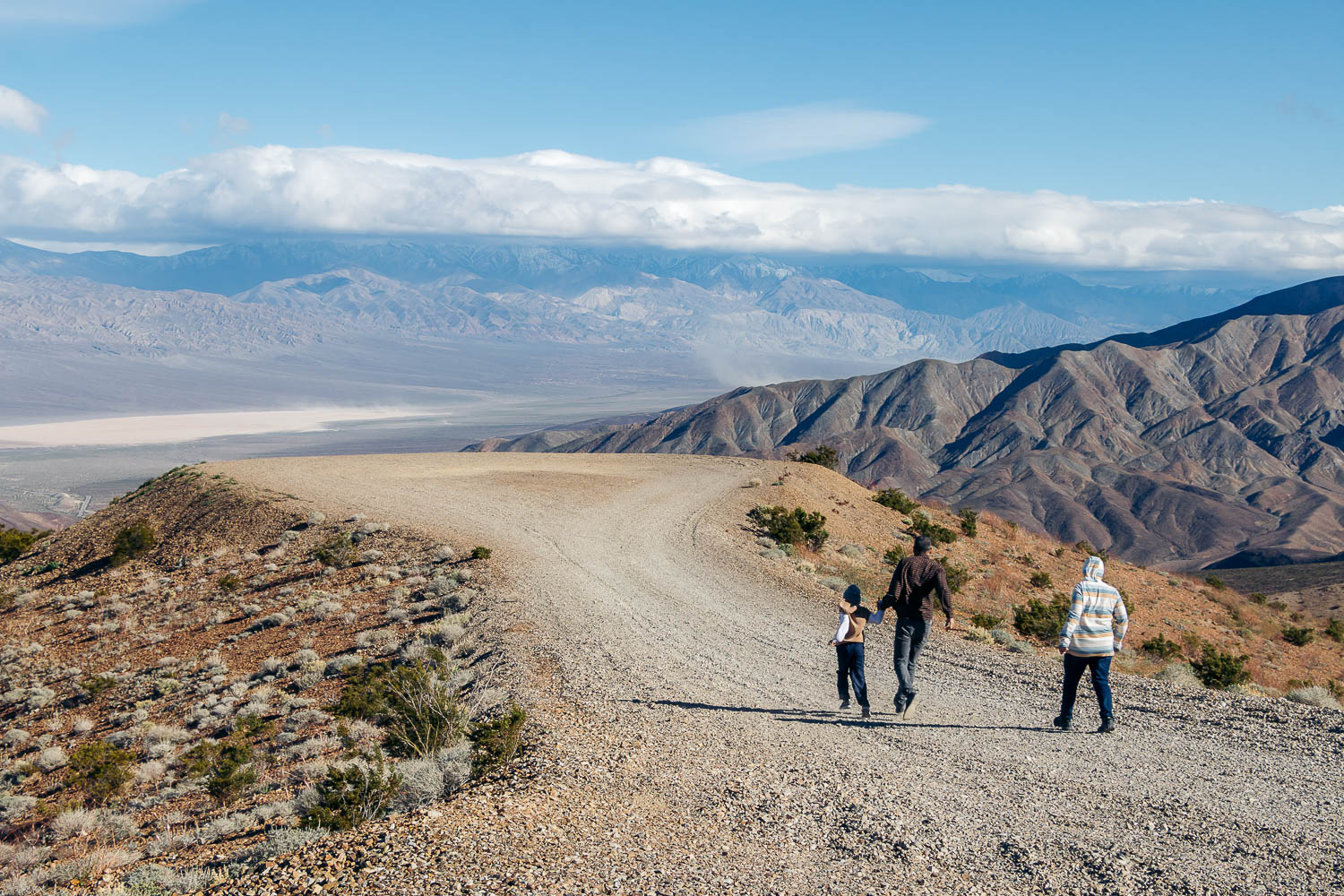
3. The Largest National Park in the Lower 48 States
At nearly 3.4 million acres or 5,262 square miles, Death Valley National Park is the largest national park in the lower 48 states. Until Death Valley’s creation on October 31, 1994, this title belonged to Yellowstone National Park.
4. Death Valley is the Lowest Point in North America
Apart from the colorful peaks of Artists Palette that rise above fascinating vantage points and miles-long flat valleys, Death Valley features some grand depressions. The world-famous of them is Badwater Basin. Guarded from a distance by the Black Mountains, the area sits 282 feet below sea level and is known as the lowest point in North America.
Badwater Basin is also often called the driest place on earth. With an evaporation rate that far exceeds any efforts of seasonal rains to leave some reliable water sources in the desert, the place gets as hot and dry as an oven during the summer months.
A temporary lake, informally known as Lake Manly, may fill this part of Death Valley after heavy rains. By the summer, however, it disappears entirely.
READ MORE: Hiking Ubehebe Crater Trail in the Mojave Desert
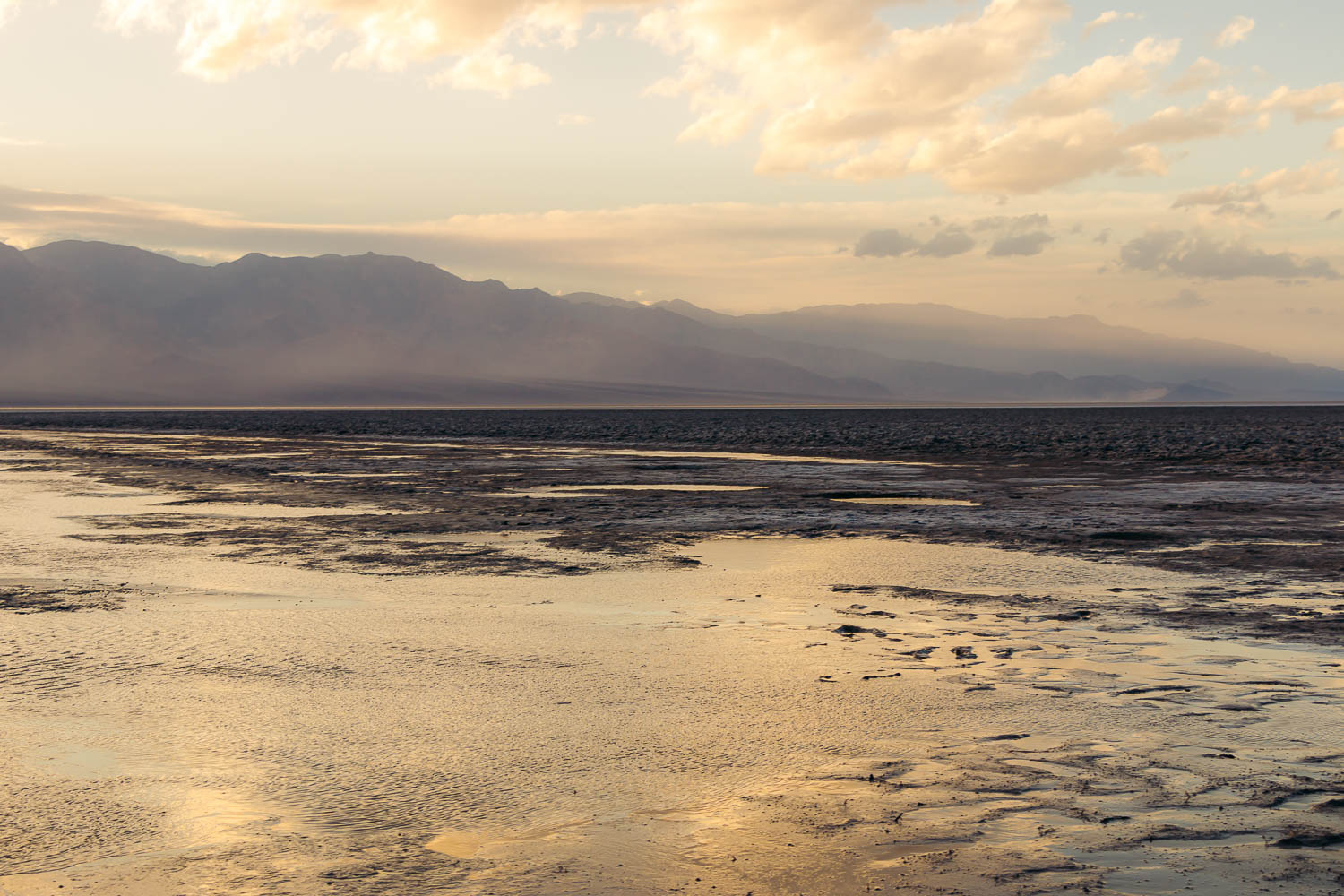
5. Death Valley Was Named by Lost Pioneers
In the times before GPS, Death Valley was a forbidding area. A place where getting lost was easier than going for a walk in your own backyard. The lack of sporadic roads that intersect Death Valley now further contributed to the desolated state of the area.
In October of 1849, unwilling to winter in Salt Lake City, a group of pioneers headed to California’s gold fields via the Old Spanish Trail. The problem was that the route was fairly unused. Only one person in the city, Captain Jefferson Hunt, claimed to know it and agreed to lead the prospectors.
The crossing across the desert was slower than the majority of people in the group anticipated. As fate would have it, one young man rode into the camp with a map of a fictitious “short cut” when the men were at the end of their patience. Nearby 20 wagons followed the new route to find nothing but despair. Some people perished on this arduous “short” route that turned into a months-long journey.
Two men, William Lewis Manly and John Rogers, eventually were sent to get supplies on the other side of the Panamint Mountains, a prominent mountain range in the current Death Valley area. Almost a month went by by the time the men returned.
It’s believed as Manly and Rogers were leading the remaining members of the group out of the desert, somebody proclaimed “Goodbye, Death Valley!” The place has been known by this blood-chilling name ever since.
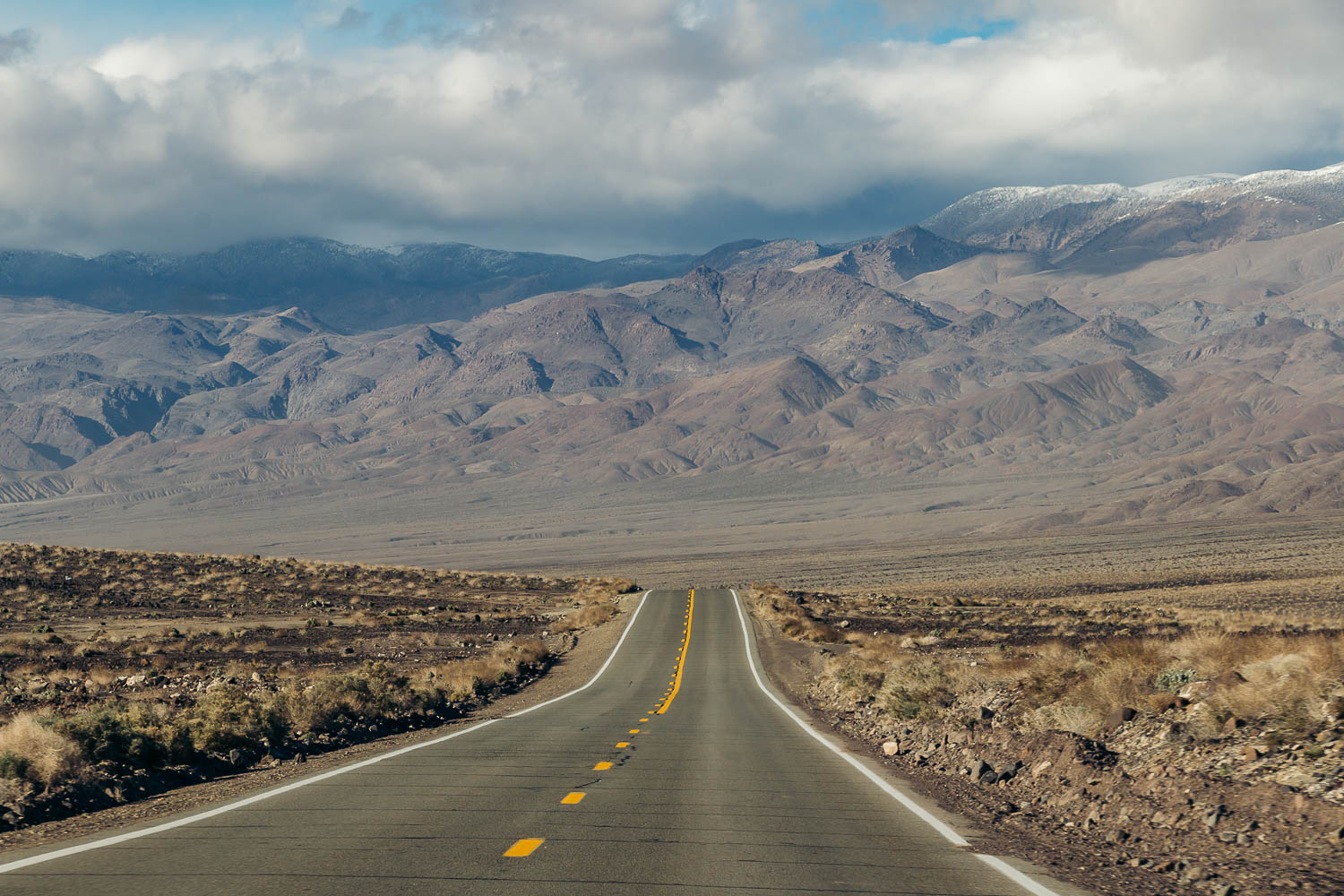
6. Death Valley Has the Highest Sand Dune in California
Unlike many other deserts, Death Valley boasts only a handful of sand dunes. The most visited of them are arguably the Mesquite Flat Sand Dunes. The dunes were named after peculiar trees you can see striving in the sandy piles.
Yet another group of sand dunes in the desolated Eureka Valley raises even more attention. Towering 680 feet above the dry lakebed, the Eureka Dunes are the highest dunes in California.
The dunes encompass a rather small area, only 3 miles long and 1 miles wide, and are somehow outshined by the imposing Last Chance Mountains.
7. The Mojave Desert is a Perfect Winter Destination
As you well know by this time, our first trip to Death Valley National Park was hardly endurable to say the least. The summer sun embraced the desert with its blistering heat as early as 10 a.m. Nothing could escape its overwhelming “care”. Entirely exposed, the famous dunes of Death Valley were some of the most vulnerable places.
To add irony to this unfortunate journey, we went to see the Mesquite White Flat Sand Dunes when the sun reached its zenith. The heat from above and oven-hot sand under our feet forced us to look for escape from Death Valley’s deadly embrace several minutes later. No other places and famous desert landmarks could intrigue us after this rushed getaway.
In the winter and early spring, Death Valley National Park, however, looks far more alluring. With the temperatures still lingering in high 60s°F, the place offers comfortable conditions to hike, explore, and study the desert.
From mid-February through April, as if apologizing for the soon arriving scorching heat in advance, the desert makes amends with a sea of blooming wildflowers, such as desert sage, California poppies, and desert gold.
READ MORE: The 11 Best Places to See Wildflowers near Los Angeles
